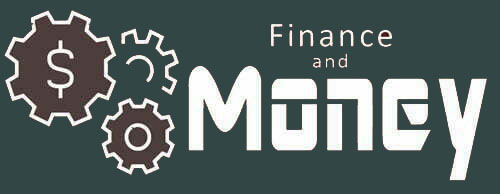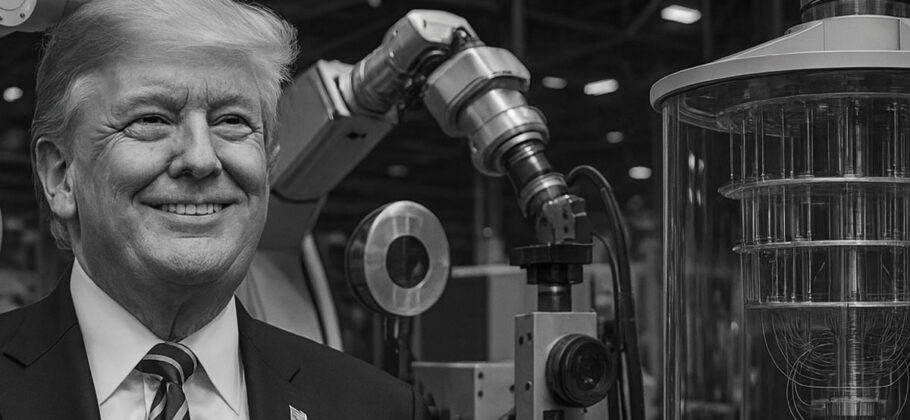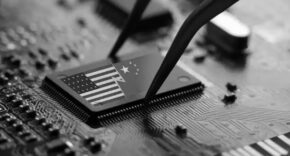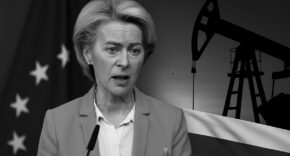President Donald Trump is preparing one of the most ambitious industrial programs in decades, exploring a plan to use foreign-backed financing and government support to rebuild American manufacturing. According to administration officials and documents reviewed by The Wall Street Journal, the proposal centers on a $550 billion investment fund created as part of trade negotiations with Japan.
The goal is to construct new factories, pipelines, and infrastructure that would strengthen America’s industrial base. Trump has made no secret that manufacturing is at the heart of his second-term agenda. “Japan’s $550 billion investment fund will be key to fueling America’s next Golden Age,” said White House spokesman Kush Desai.
The Scope of the Plan
The fund would be used to build facilities in high-value sectors such as semiconductors, pharmaceuticals, critical minerals, energy, ships, and even quantum computing. Trump and Commerce Secretary Howard Lutnick have also discussed producing gas turbines and generic drugs, as well as investing in new nuclear power plants and pipelines. Earlier this year, Trump announced a joint venture with Japan to build a liquefied natural gas pipeline in Alaska.
The scale of the proposal marks a new stage in Trump’s effort to steer the private sector. He already secured a government stake in Intel, negotiated what he called a “golden share” in U.S. Steel, and persuaded chipmakers to give the U.S. a cut of some sales to China. Supporters say this plan would take those efforts to the next level.
How the Money Would Be Deployed
A memorandum of understanding signed by the United States and Japan gives Trump significant control over the fund. Projects would be financed 50-50 by both countries, but the U.S. would receive 90 percent of the profits. Lutnick, who chairs the committee recommending projects to the president, has described the arrangement as a type of capital call. “They are going to give America money when we ask for it to build the projects,” Lutnick explained in an interview with CNBC. “How do they plan to fund it? That’s their business.”
The details of the financing are still being debated. Japan views the pledge as a mix of investment, loans, and loan guarantees. Japanese negotiator Ryosei Akazawa has said the expectation is for the money to benefit Japan as well, a position that could complicate Trump’s interpretation of the deal.
Government Support and Incentives
The administration is considering giving projects government incentives such as expedited regulatory reviews and long-term leases on federal land and water. These measures are meant to encourage companies to commit to building inside the United States. Lutnick has also suggested that if patents emerge from taxpayer-funded projects at universities, the government should receive part of the returns. “If we fund it and they invent a patent, the United States of America taxpayer should get half the benefit,” he told Axios.
Enthusiasm Among Supporters
Supporters inside the administration view the plan as transformative. Lutnick has said that recent trade deals will lead to “factories built in America at a scale that you have never seen before.” He believes the arrangement with Japan offers a rare chance to secure large-scale foreign investment while giving Washington control over where and how the money is spent.
Some lawmakers see the fund as an opportunity to help other industries. Senate Republicans are reportedly preparing a proposal to direct some of the money to the Commodity Credit Corporation, a government-owned entity that supports farmers.
Skepticism from Business Leaders and Lawmakers
Skepticism remains, both in Washington and among business leaders. Senator Bill Hagerty of Tennessee, a Republican who served as Trump’s ambassador to Japan, has been involved in discussions with Japanese institutions. Hagerty acknowledged the need to counter vulnerabilities in U.S. supply chains but added, “Broadly speaking I’m not a proponent of the government playing a bigger role in the manufacturing sector.”
Some CEOs have expressed reluctance as well. During a private meeting at the White House, Trump asked executives how his administration could help them build new facilities in the United States. According to one attendee, none of the executives asked for direct government money. Instead, they emphasized that streamlining regulations would be the most important step to encourage growth.
Even if the financing moves forward, there are deep challenges. Manufacturing has lost 38,000 jobs this year through August, even as overall employment has grown. Automation, robotics, and artificial intelligence are reducing the number of workers factories need, a reality that makes it difficult to deliver the large job gains Trump has promised.
There are also shortages of domestic materials and skilled workers. The National Association of Manufacturers reports that the industry will need 3.8 million workers over the next decade, but half of those jobs may go unfilled. At the same time, many crucial inputs such as gallium, germanium, and specialty pharmaceuticals are not widely produced in the United States. Building new supply chains will take years.
Foreign policy complications could also slow the effort. Japan’s officials want their industries to benefit directly from the investment, while Trump has said the money should fuel a new American industrial boom. That gap in expectations may become a sticking point.
Trump has staked much of his political identity on reviving American manufacturing. He argues that tariffs, foreign investment, and government involvement are the tools needed to reshore supply chains and secure critical technologies. His opponents see the plan as risky, expensive, and overly dependent on government intervention.
Whether this $550 billion fund leads to a true manufacturing renaissance or becomes another ambitious but unfinished experiment will depend on how quickly projects can be launched, how much companies trust the government’s involvement, and whether Trump’s vision survives beyond his time in office.





